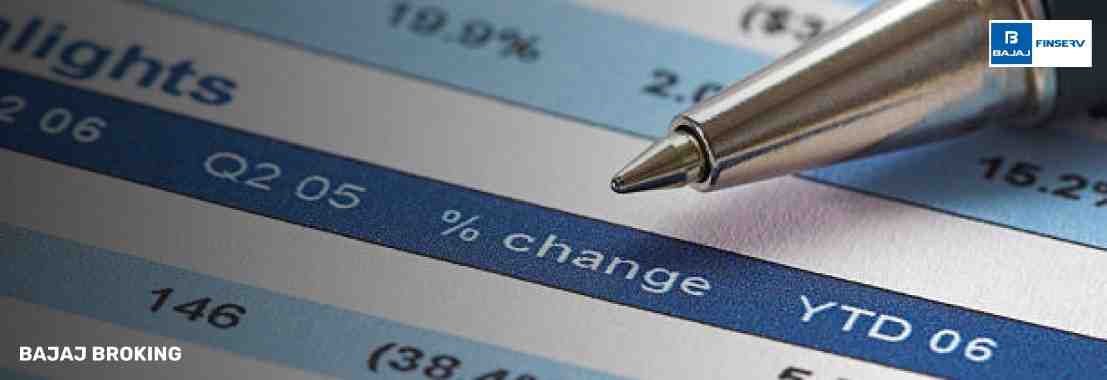A mandate amount is the maximum limit set by an account holder for automatic or recurring payments. It authorizes financial institutions or payment service providers to deduct a specified amount from the account regularly without requiring further approval.
This system ensures that payments for services such as loan EMIs, utility bills, insurance premiums, and subscriptions are made on time, reducing the risk of missed deadlines and late fees.
The mandate amount also protects account holders by preventing deductions beyond the approved limit, giving them financial security and control.
It is an essential feature of digital banking, offering convenience and peace of mind. Users can modify or cancel the mandate at any time based on their changing financial needs or agreements with service providers.
How Does E-mandate Work?
E-mandate is a digital payment method that makes it easy to make periodic payments without having to do anything for each one.
The Reserve Bank of India (RBI) and the National Payments Corporation of India (NPCI) came up with it to make it easier to make recurring payments. There are usually a few steps in the process:
Consent and Authorisation
You agree to frequent online deductions, which you usually do by filling out a simple form that is linked to the service provider.
Authentication
You prove that you are who you say you are by utilising a debit card, online banking, and an OTP.
Registering with NPCI
Your request goes through NPCI's NACH system, which manages all of the country's recurring payments.
Bank Verification
Before you may use the mandate, your bank must review and approve it.
Payment Processing
You can automatically take out up to ₹1 lakh. If you want to take out more than that, you need to give separate permission.
Pre-Debit Notification
You get a warning 24 hours before money is taken out of your account, so you have time to stop or cancel the transaction.
What is the Meaning of Auto Pay/Mandate Limit?
Setting a limit on Auto Pay or criteria is like putting up a financial guardrail. It's the maximum money a business can take out of an account in one go.
The limit is the same as the payment for certain quantities, like EMIs. You might want to keep it a little higher than you thought for things like utilities that change. That way, payments go through without any issues.
You won't miss a payment if a bill ever goes over the amount you specified. Your bank can put it on hold or ask you to approve it again.
What is the Maximum Amount for Mandate?
You can set up automatic payments of up to ₹1 lakh with UPI AutoPay. After the initial payment, you won't have to do any additional checks. That's the usual limit.
You will need to confirm each debit separately if your recurring payment is more than ₹1 lakh. It's a way to stop big deductions from happening without permission.
Banks don't always have to follow the RBI's restriction of ₹1 lakh. So, before you employ automation, you should check with your bank to see what their exact guidelines are for mandates.
Additionally Read: How to Find IPO Mandate on GPay and Phonepe
Conclusion
Mandate amounts make it easier to pay on time, but they also limit how much you can pay. You decide how much money you want to spend on bills or investments that are paid automatically.
It's automated, but someone is always watching it, so it's both efficient and safe. You like how easy it is to pay, and the restrictions help you keep track of your money.




